German scientists at the Max Planck Institutes have experimentally pushed the limits of quantum technology.
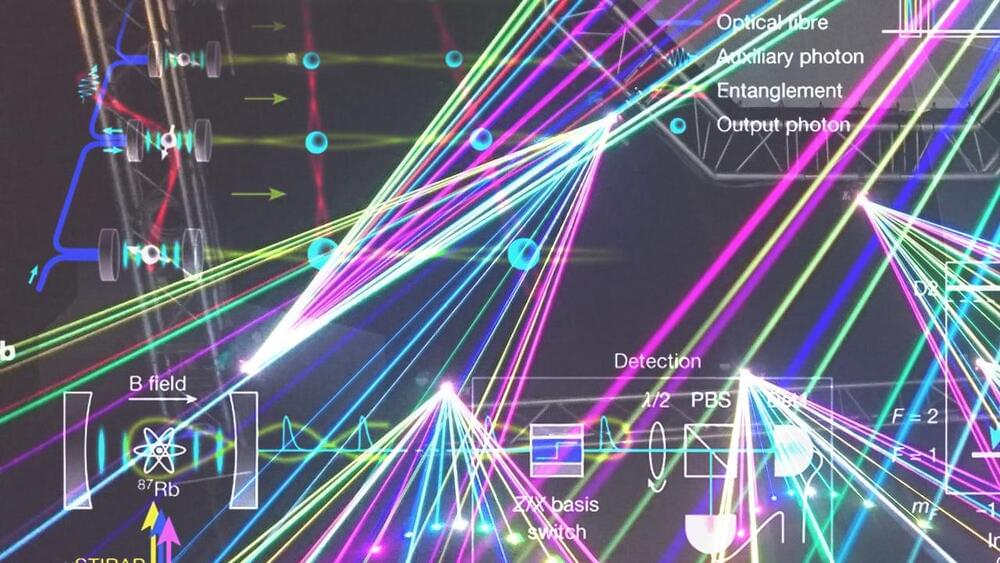


This will be very useful in progressing the field of quantum computers and communication.
Researchers at the Max Planck Institute of Quantum Optics set a new record after achieving a quantum entanglement of 14 photons, the largest on record so far, an institutional press release said.
Quantum entanglement, famously described by Albery Einstein as “spooky action at a distance” is a phenomenon where particles become intertwined in such a way that they cease to exist individually, and changing the specific property of one results in an instant change of its partner, even if it is far away.
Physicists at the Max Planck Institute of Quantum Optics have managed to entangle more than a dozen photons efficiently and in a defined way. They are thus creating a basis for a new type of quantum computer.
In order to effectively use a quantum computer, a larger number of specially prepared – in technical terms: entangled – basic building blocks are needed to carry out computational operations. A team of physicists at the Max Planck Institute of Quantum Optics in Garching has now for the very first time demonstrated this task with photons emitted by a single atom. Following a novel technique, the researchers generated up to 14 entangled photons in an optical resonator, which can be prepared into specific quantum physical states in a targeted and very efficient manner. The new method could facilitate the construction of powerful and robust quantum computers, and serve the secure transmission of data in the future.
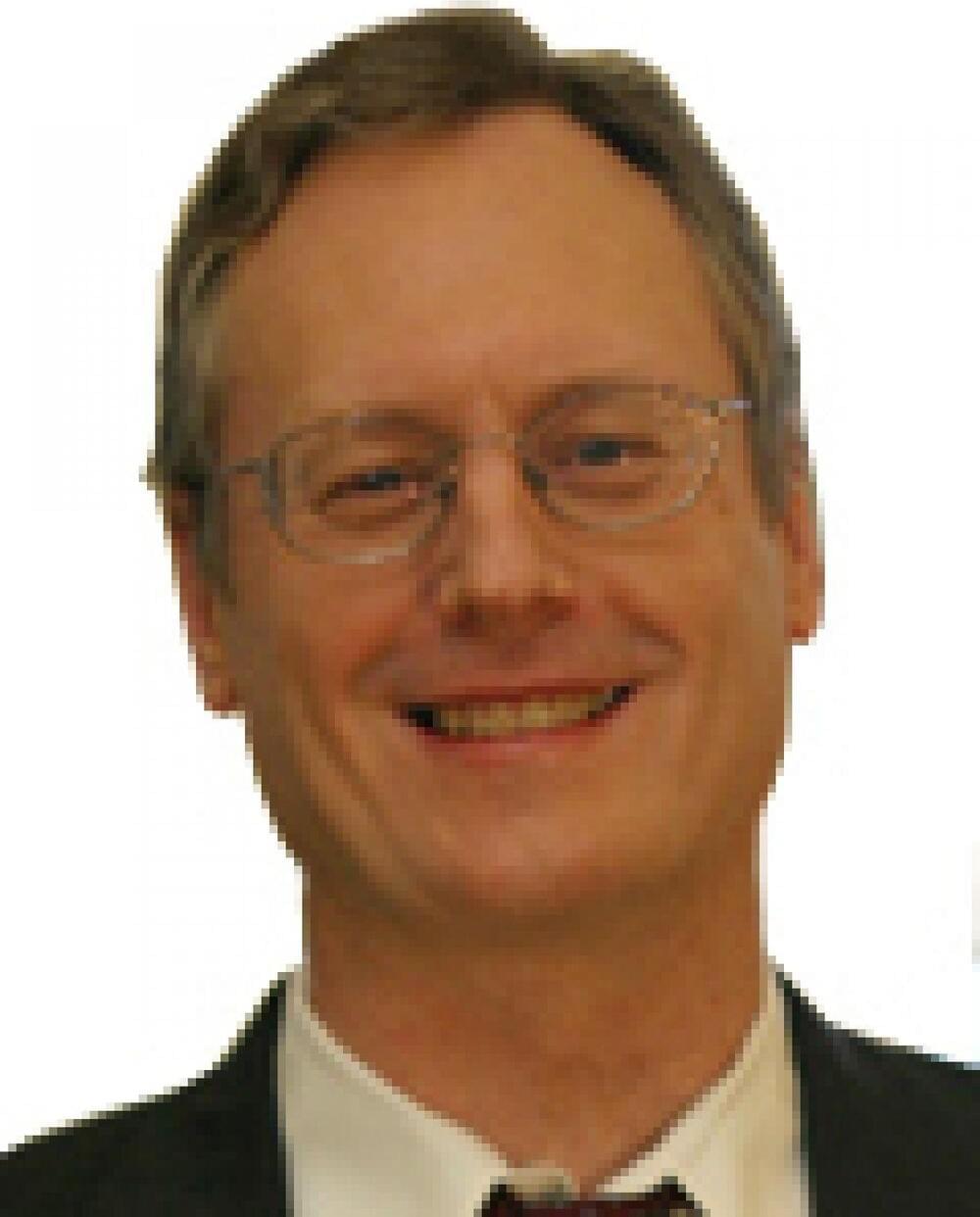
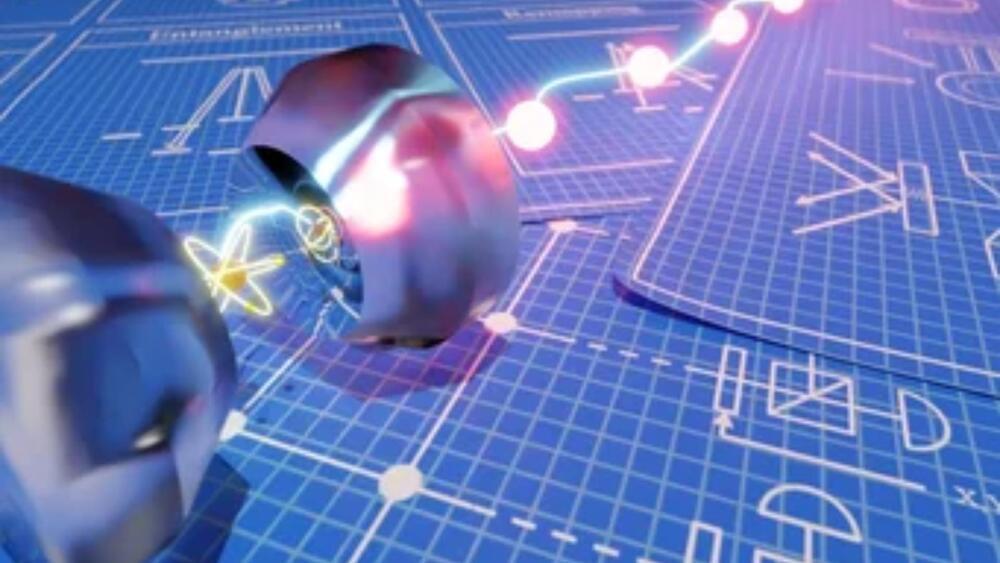
Max Planck of Quantum Optics.
Quantum entanglement, famously described by Albery Einstein as “spooky action at a distance” is a phenomenon where particles become intertwined in such a way that they cease to exist individually, and changing the specific property of one results in an instant change of its partner, even if it is far away.
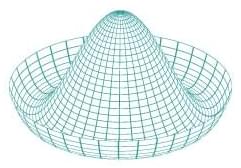
From my understanding, inertia is typically taken as an axiom rather than something that can be explained by some deeper phenomenon. However, it’s also my understanding that quantum mechanics must reduce to classical, Newtonian mechanics in the macroscopic limit.
By inertia, I mean the resistance to changes in velocity — the fact of more massive objects (or paticles, let’s say) accelerating more slowly given the same force.
What is the quantum mechanical mechanism that, in its limit, leads to Newtonian inertia? Is there some concept of axiomatic inertia that applies to the quantum mechanical equations and explains Newtonian inertia, even if it remains a fundamental assumption of quantum theory?

Watch a movie backwards and you’ll likely get confused—but a quantum computer wouldn’t. That’s the conclusion of researcher Mile Gu at the Centre for Quantum Technologies (CQT) at the National University of Singapore and Nanyang Technological University and collaborators.
In research published 18 July in Physical Review X, the international team shows that a quantum computer is less in thrall to the arrow of time than a classical computer. In some cases, it’s as if the quantum computer doesn’t need to distinguish between cause and effect at all.
The new work is inspired by an influential discovery made almost 10 years ago by complexity scientists James Crutchfield and John Mahoney at the University of California, Davis. They showed that many statistical data sequences will have a built-in arrow of time. An observer who sees the data played from beginning to end, like the frames of a movie, can model what comes next using only a modest amount of memory about what occurred before. An observer who tries to model the system in reverse has a much harder task—potentially needing to track orders of magnitude more information.


An encryption tool co-created by a University of Cincinnati math professor will soon safeguard the telecommunications, online retail and banking and other digital systems we use every day.
The National Institute of Standards and Technology chose four new encryption tools designed to thwart the next generation of hackers or thieves. One of them, called CRYSTALS-Kyber, is co-created by UC College of Arts and Sciences math professor Jintai Ding.
“It’s not just for today but for tomorrow,” Ding said. “This is information that you don’t want people to know even 30 or 50 years from now.”

Although quantum computing is not commercially available, CISA (Cybersecurity and Infrastructure Security Agency) urges organizations to prepare for the dawn of this new age, which is expected to bring groundbreaking changes in cryptography, and how we protect our secrets.
The agency published a paper earlier in the week, calling for leaders to start preparing for the migration to stronger secret guarding systems, exploring risk mitigation methods, and participating in developing new standards.
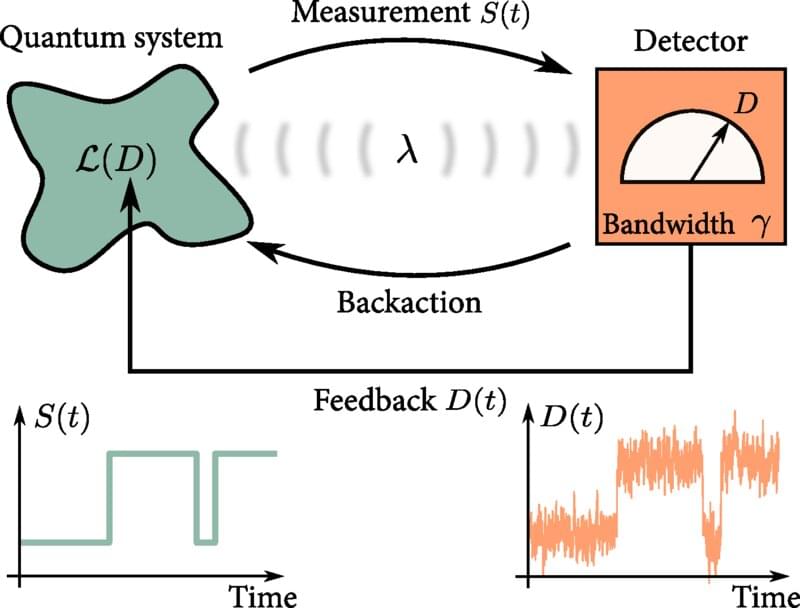
As the size of modern technology shrinks down to the nanoscale, weird quantum effects—such as quantum tunneling, superposition, and entanglement—become prominent. This opens the door to a new era of quantum technologies, where quantum effects can be exploited. Many everyday technologies make use of feedback control routinely; an important example is the pacemaker, which must monitor the user’s heartbeat and apply electrical signals to control it, only when needed. But physicists do not yet have an equivalent understanding of feedback control at the quantum level. Now, physicists have developed a “master equation” that will help engineers understand feedback at the quantum scale. Their results are published in the journal Physical Review Letters.
“It is vital to investigate how feedback control can be used in quantum technologies in order to develop efficient and fast methods for controlling quantum systems, so that they can be steered in real time and with high precision,” says co-author Björn Annby-Andersson, a quantum physicist at Lund University, in Sweden.
An example of a crucial feedback-control process in quantum computing is quantum error correction. A quantum computer encodes information on physical qubits, which could be photons of light, or atoms, for instance. But the quantum properties of the qubits are fragile, so it is likely that the encoded information will be lost if the qubits are disturbed by vibrations or fluctuating electromagnetic fields. That means that physicists need to be able to detect and correct such errors, for instance by using feedback control. This error correction can be implemented by measuring the state of the qubits and, if a deviation from what is expected is detected, applying feedback to correct it.